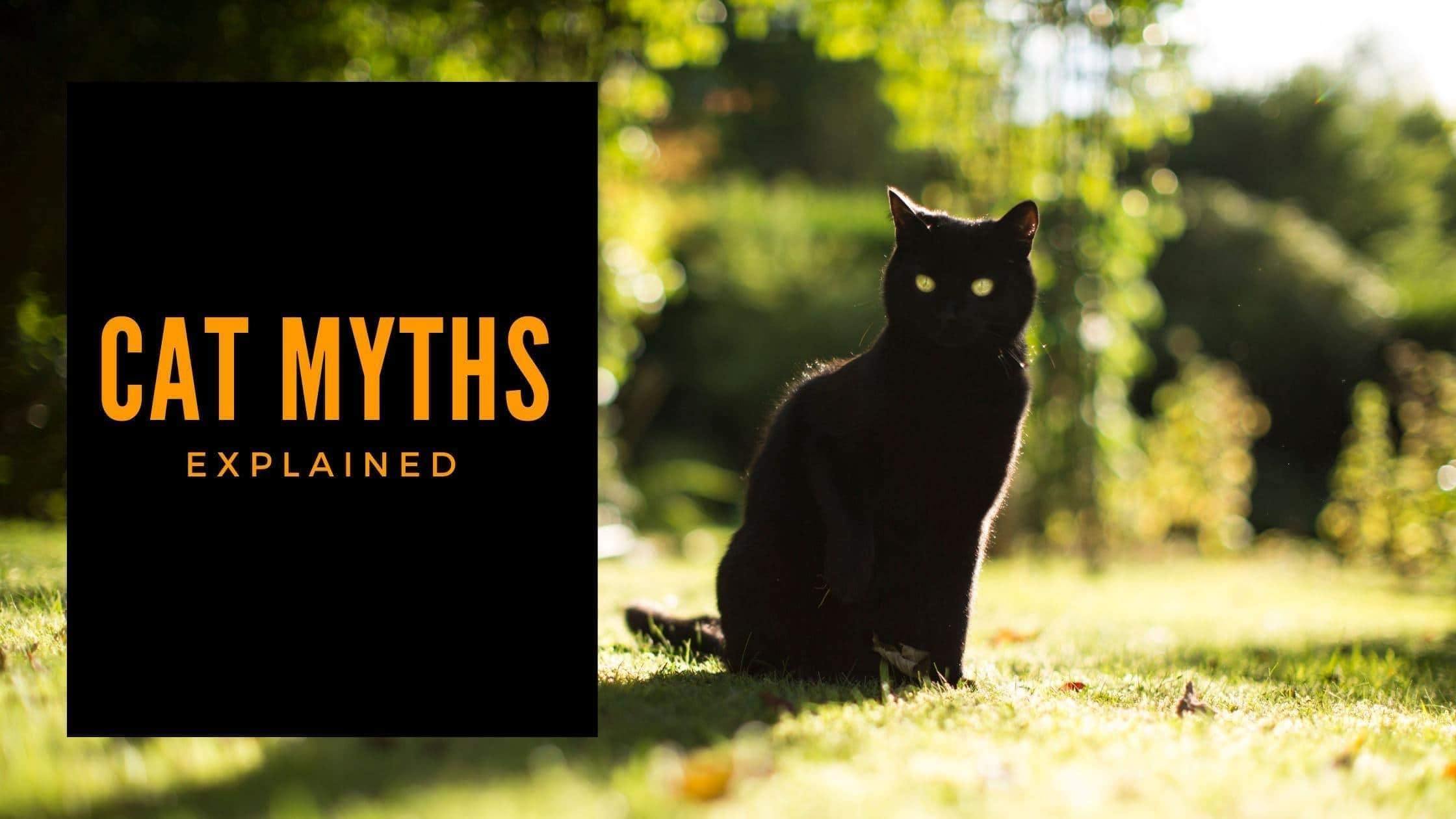Both feared and admired, venerated, and reviled, the cat's all-natural charm won them a place in our hearts and homes throughout the centuries.
In the modern sensibilities, cats are treated less as pest control tools and more as families. Yet it had not always been so. Since cats have been domesticated some 5000 years earlier, they have been alternately welcomed into our homes and avoided as fiends.
Here are some quirky facts about cats and their history.

It is interesting to find similarities in how we treat cats in modern times to Egyptians' way. Fortunately for us, one difference is that we don't have the death penalty for killing a cat.
Bast was an ancient Egyptian goddess that was half female, half cat. She was the daughter of Horus, the Sun God. Feasts and holidays were celebrated in the past to honor her.
The Romans adopted cats quicker than other nations of their time. Cats were thought to have arrived there from Egypt.
Roman armies took a trip with their animals, including cats. Some Roman communities were even named for cats.
In 936, the King of Wales established legislation relating to prices and preferred characteristics of cats. The desired qualities were to detect and kill mice. Cats are also expected to have sharp claws and to be able to support their kittens to maturity. In the said law, if a person bought a cat and the desired qualities were not showing, the purchaser can ask for a refund.
The cat's mysterious character was probably brought about the numerous myths and also superstitions surrounding it.
Cat's eyes were believed to reveal many things: from things as simple as the time of the day to even predicting tides.
Clairvoyance is also commonly attributed to cats. They were used in healing sessions to bestow talent or see the future of other people.
Numerous body parts were used for healing; the tail was most preferred. In some parts of England, it is still used to treat eye stye.
Nautical superstitious surrounding cats are countless. There are also plenty of maritime terms with "cat" in the word—a cat-boat is a one-masted boat; the slim walkway on a ship is called catwalks, and whippings were frequently carried out using a cat-o-nine-tails.

Felines were thought to both foretell and also impact the weather condition. Throwing a cat overboard was believed to be a no-no because it causes hurricanes.
The bad press about cats began in the 13th century. This is the time when witch huntings began in Europe. Given that cats were often called a witch's "familiar" (a spirit practical to the witch), the evil track record virtually started at this point.
Black cats gained the most association with witchcraft. A book written in England around 1854 mentioned that a witch could take the form of cats for up to nine times. This is probably the start of the myth that cats have nine lives.

Some contemporary myths regarding felines still linger. For instance, while cats are incredibly energetic, they won't always land on their feet.
It was wildly believed that cats draw breaths from babies. The truth is they just like the milky smell.
Speaking of milk, though they may like milk so much, they become lactose intolerant as they grow older. Small amounts won't hurt, but it can cause diarrhea if you regularly feed them with milk. Tom and Jerry fooled us all!
Cats are mysterious and perhaps even mystical. They can be wicked, but there's no arguing that they are lovable. As we know today, cats are remarkable friends and family members, delighting us humans for hundreds of years.





















